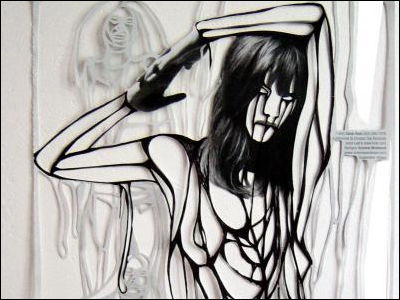The artist himself explains how to create color covers for Marvel Comics such as Iron Man and Moonlight in a video

The cover of a manga is the first thing you see when it is lined up in a shop or on a website, so it is a very important element in conveying the appeal of the work. Rachel Rosenberg, a color artist at Marvel, explains the process and important points of completing such a cover color illustration.
The movie focuses on the color cover of the comic 'Small Town Big Trouble!', a collaboration between the famous chocolate brand M&M's and Marvel.
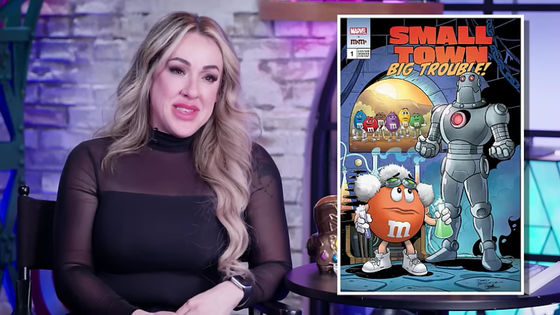
According to Rosenberg, the first step is to receive the line art for the cover and check it thoroughly. If it contains '
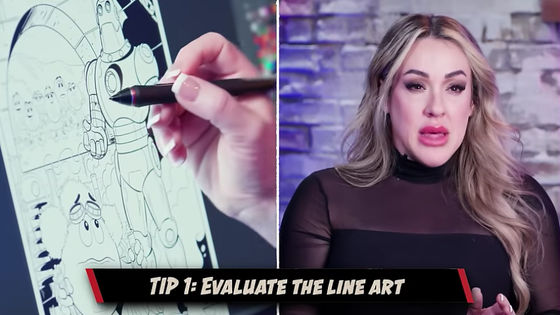
If there are no problems with the line art, use the Lasso Tool to select objects along lines, to select characters, accessories, and other parts, then fill them in to color them.

After filling, use the pencil tool to correct any areas that are not wet due to poor selection with the tool or that are sticking out.

After painting the entire character with one color, paint each part of the character, layering each part. According to Mr. Rosenberg, it is not necessary to paint with exact colors at this time, it is OK to paint with random colors.
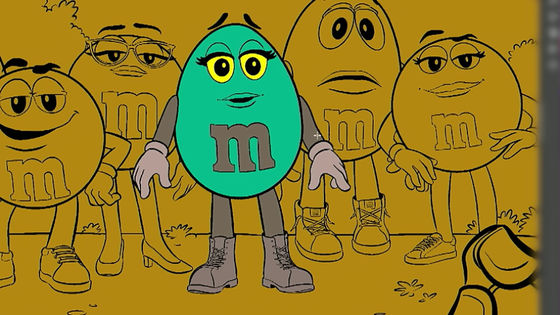
If the coloring is done accurately, you can change it to the main color in the next process. At this time, the coloring is done in darker colors and the main color is painted in lighter colors, so the progress of the work can be seen more clearly. Also, when printed, the overall impression tends to be darker than when viewed on a PC, so Rosenberg seems to adjust the main color to be lighter.
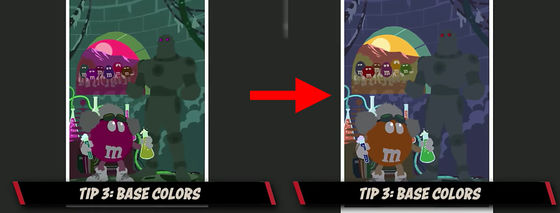
After adding the basic colors, the next step is rendering, which is the process of adjusting the light and shade of the solidly painted line art and adding shadows to make the image look three-dimensional.
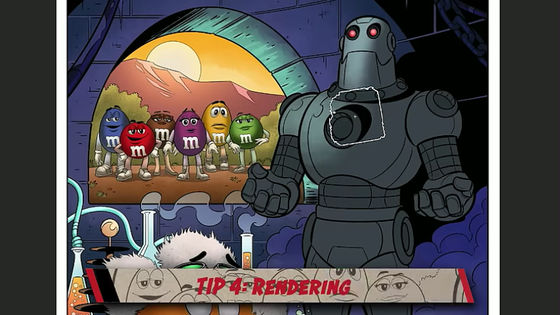
Rendering is also important for adding texture to an image, for example Iron Man's full body armor is made of metal, so it needs a metallic sheen to reflect the surrounding light and effects.
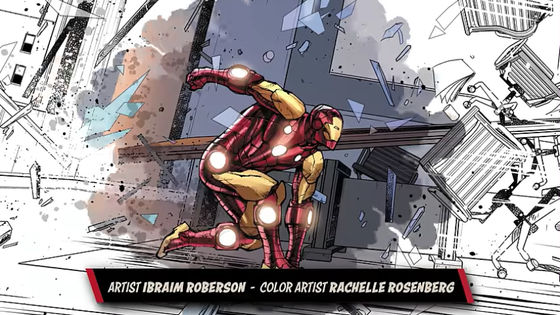
Everyone's coloring process is different, but Rosenberg, originally trained in oil painting, prefers a painterly approach using textured brushes.
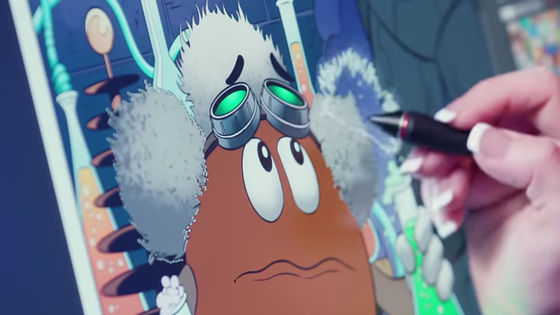
Next, we added special effects such as the robot's eyes, the light on its chest, parts that shine in the sunlight, and the shine of the glass.
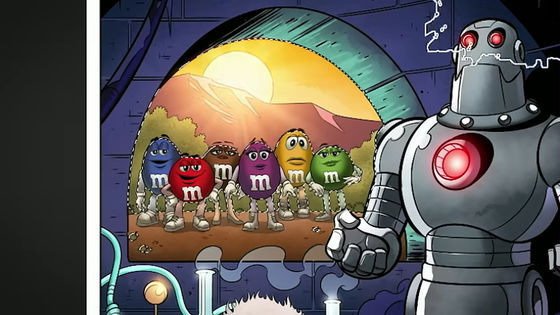
As for special effects, for example, '
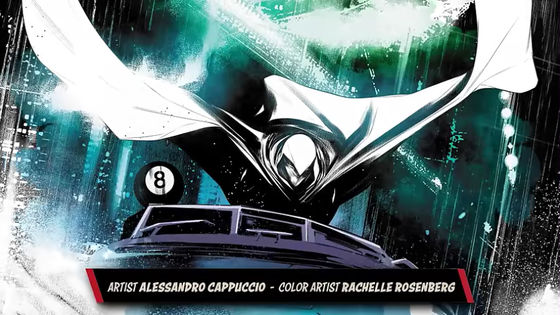
'It's hard to feel like a painting is finished,' Rosenberg said. 'No matter how much effort you put into it and what you've tried, it's never going to be perfect. So the thing you have to check is, 'Have I touched all the objects?' Once you've added highlights, shadows, etc. to all the objects and made sure everything is rendered, you can move on to the finishing step.' The last step is to sign the illustration.
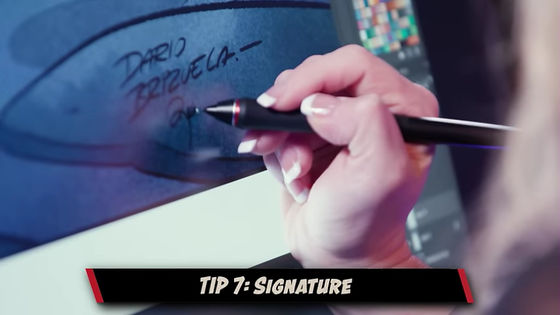
Rosenberg has been in charge of coloring Marvel Comics for 12 years. He said that color artists can play an important role in telling the story of a comic, and said, 'Ideally, when readers see my work, the cover illustration will captivate them and make them feel something about the work.'
Related Posts:
